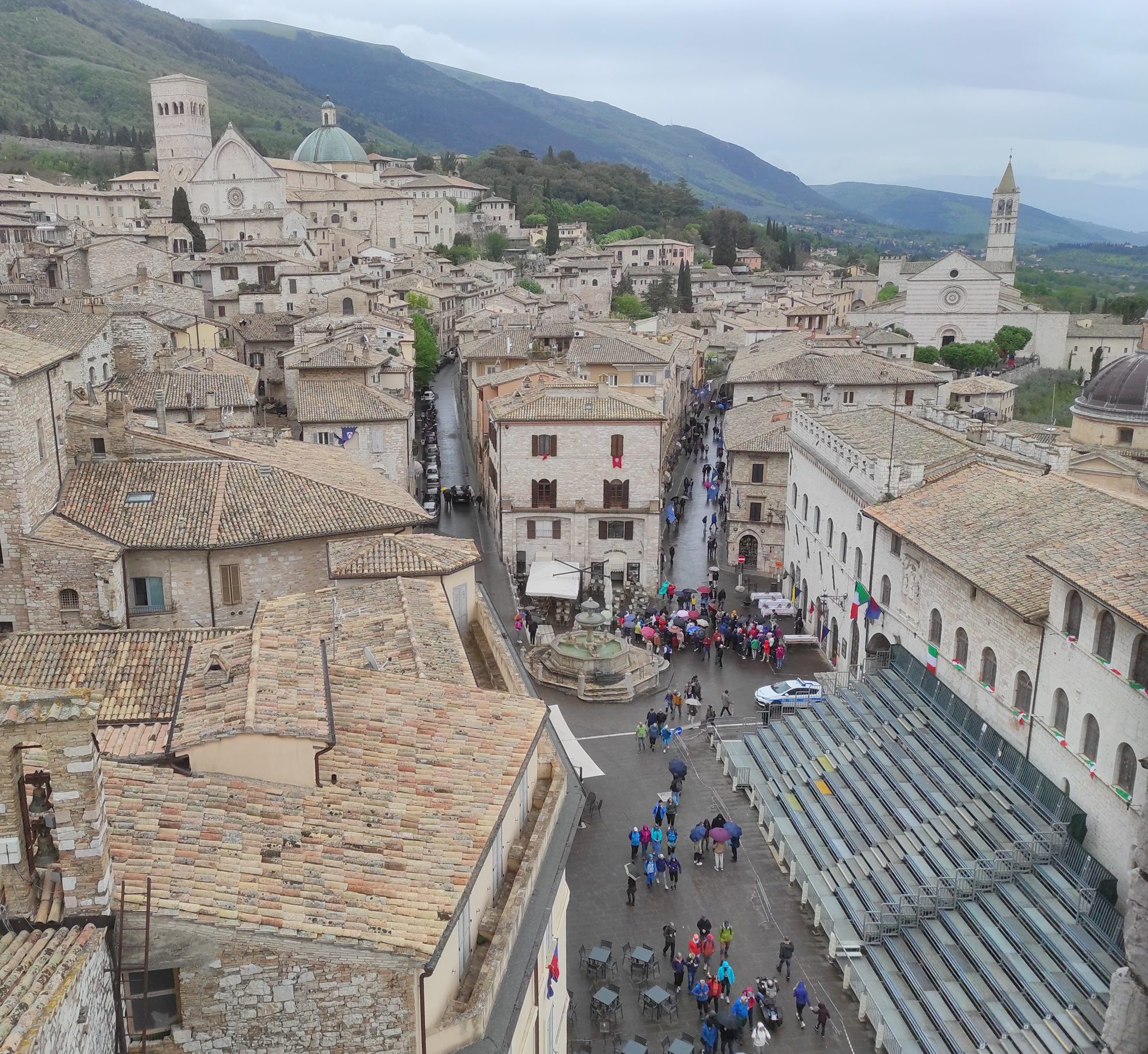From February 21st to 23rd, the Grand Hotel in Assisi will host the meeting of the Italian scientific community of the Einstein Telescope (ET), dedicated to strengthen the Italian scientific strategy for the future gravitational wave observatory. Over the course of three days, more than 100 scientists from the field will discuss the technological and engineering needs of ET, the skills required by the Italian community, and the characteristics of the Sos Enattos site in Sardinia, candidate to host the experiment.
The ET project involves the construction of a large underground infrastructure, which will house a gravitational wave detector between 100 and 300 meters deep. This will preserve the future experiment from various forms of noise, such as vibrations produced by seismic waves and human activities, which constitute a source of disturbance for the measurements that ET will need to make.
From a technological point of view, the construction of ET will involve various development areas, including optics, electronics, photonics, as well as vacuum, cryogenics, suspensions, and computing. On the engineering front, the project requires design and construction skills to ensure the sustainable integration of the work into a well-defined environmental, social, and economic context.
The Einstein Telescope is one of the main European research projects with worldwide scientific impact and will be one of the largest research infrastructures built in Europe in the coming decades. Its name is both referred to the function of the experiment, which will detect gravitational waves coming on Earth from deep space, and a tribute to Albert Einstein, who first hypothesized their existence over 100 years ago as a consequence of his theory of general relativity.
ET will be able to observe a volume of the universe at least a thousand times larger than current instruments, the LIGO interferometers (in the United States) and Virgo (in Italy), whose scientific collaborations first observed gravitational waves in 2015: an achievement awarded the Nobel Prize in Physics in 2017. In particular, ET aims to observe almost all mergers between pairs of stellar black holes and the majority of coalescences between neutron stars in the observable universe, reconstructing the history of the cosmos through gravitational waves. ET will investigate both the infinitely large, through the testing of fundamental principles of cosmology, and the infinitely small, through the understanding of the functioning of neutron stars and their nuclear and subnuclear physics. Finally, ET will contribute to the understanding of the gravitational universe, dominated by dark energy and dark matter.
Italy is a candidate to host the experiment with a site in the area of the disused mine of Sos Enattos, in the northeast of Sardinia. The candidacy is supported by the Italian Government, the Ministry of University and Research (MUR), and the Autonomous Region of Sardinia, and scientifically coordinated by the National Institute of Nuclear Physics (INFN), in collaboration with universities and research institutions throughout Italy, including the National Institute of Astrophysics (INAF) and the National Institute of Geophysics and Volcanology (INGV). Currently, there are two competing sites: Sos Enattos and an area in the Meuse–Rhine Euroregion, on the border between the Netherlands, Belgium, and Germany.
Recently, the Italian Government has confirmed its institutional commitment to support the proposal of the Sos Enattos site and to undertake the significant financial commitment of approximately 950 million euros, necessary for the construction of the future underground laboratory, if the selected site will be the Italian one.
The ETIC project
ETIC (Einstein Telescope Infrastructure Consortium) is the operational instrument of the Italian candidacy. It supports both the pre-feasibility study on the Sos Enattos site, recently assigned to a consortium of Italian companies for an investment of approximately 12 million euros, and the strengthening of the network of laboratories contributing to the scientific and technological development necessary for ET: two ambitious objectives built around a complex structure of over 140 activities, carried out by 27 operational units, which for the next 20 months will have nearly 50 million euros in funding. In concrete terms, ETIC provides the conditions and resources to conduct the research necessary for the characterization of the site in Sardinia and for the development of new enabling technologies for ET.


